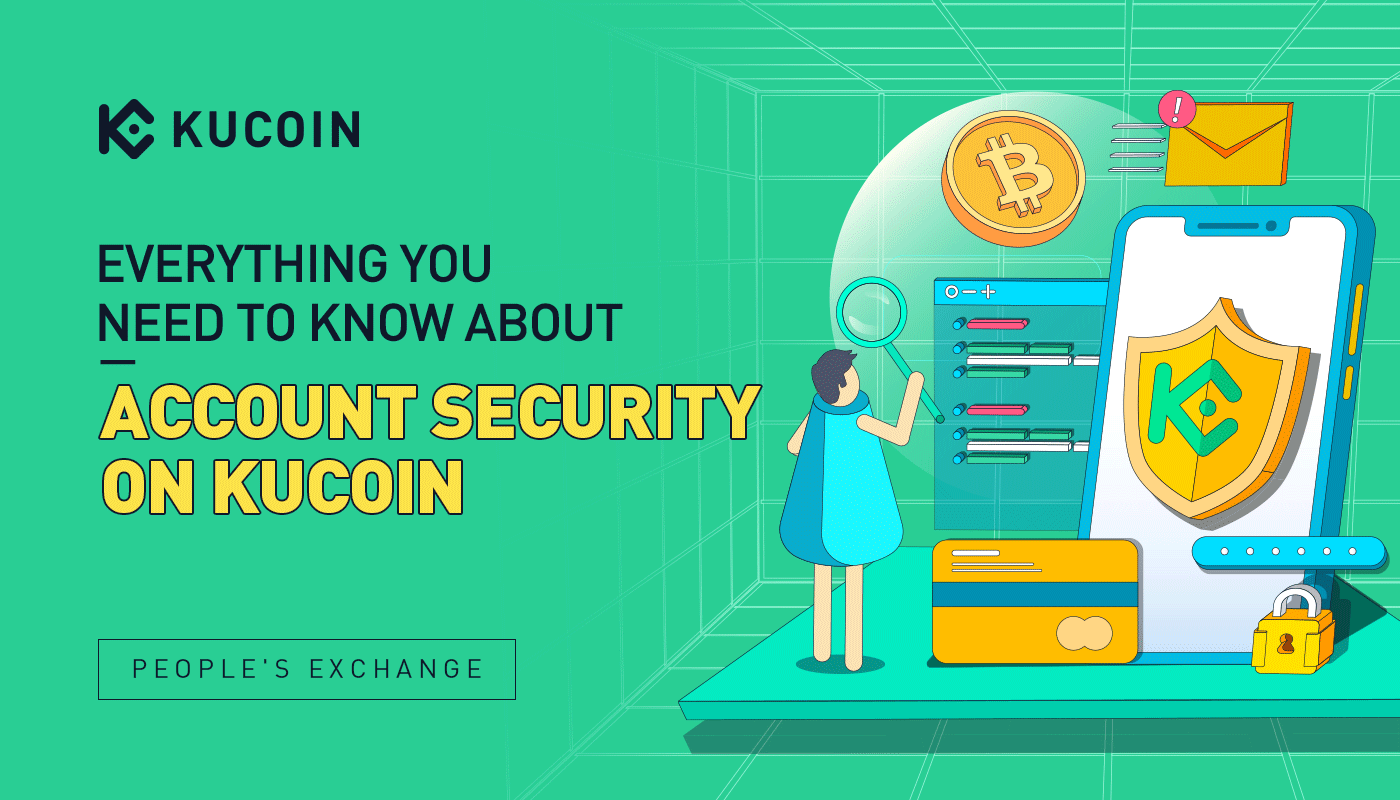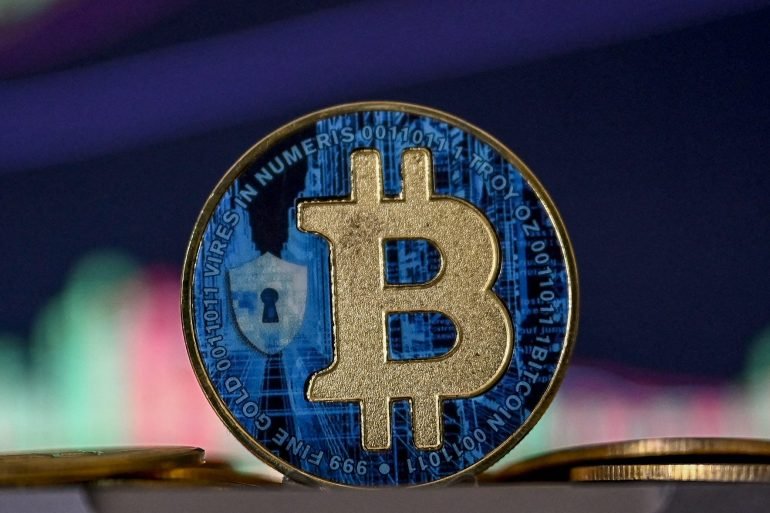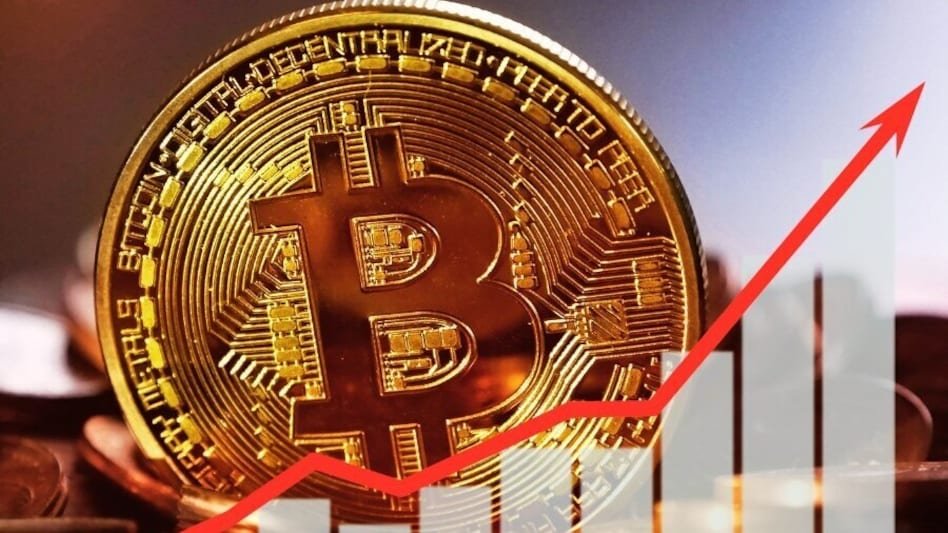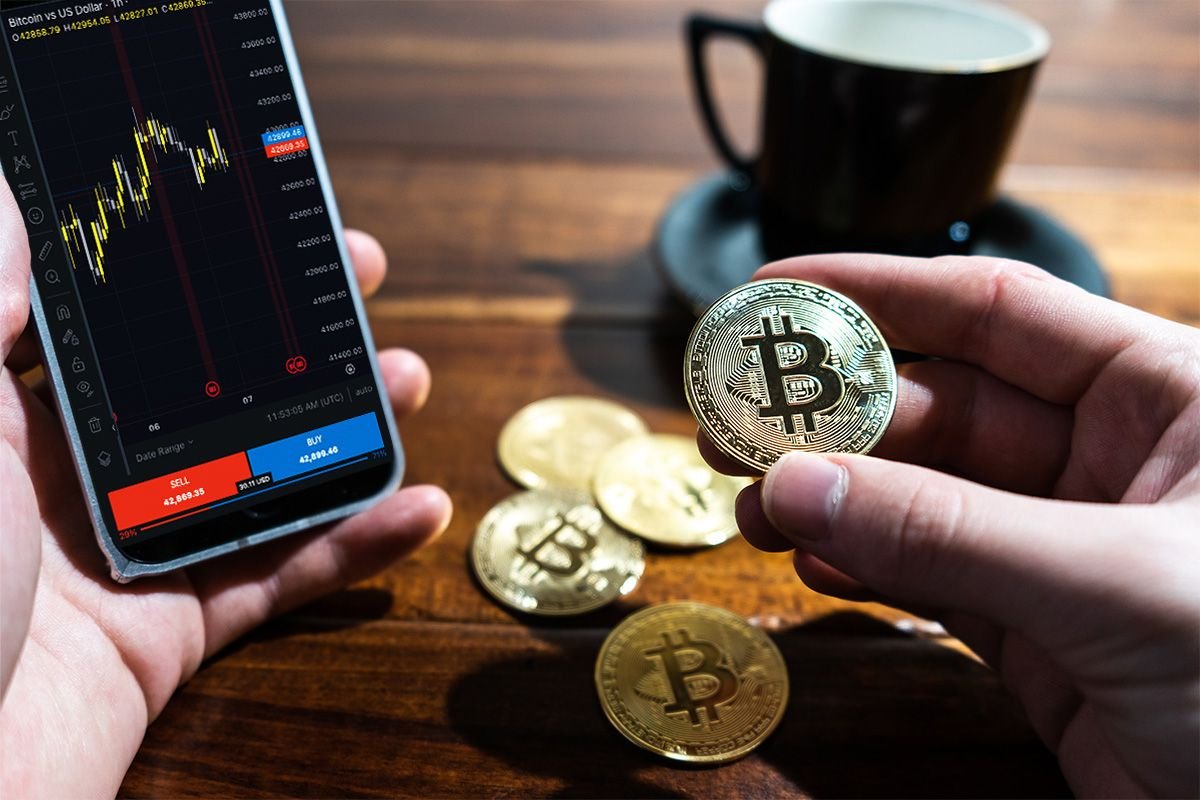How to Use a Cold Wallet for Safe Crypto Storage: A Complete Guide
Cryptocurrencies are becoming increasingly popular, and as the value of digital currencies continues to rise, securing them has become a top priority for many investors. One of the safest ways to store your crypto assets is by using a cold wallet (also known as a cold storage). Cold wallets offer an offline solution, making it much harder for hackers to access your funds compared to online storage methods. In this guide, we’ll walk you through how to use a cold wallet to store your cryptocurrency securely.
nnnnnnnn
What is a Cold Wallet?
nnnnA cold wallet refers to any cryptocurrency storage method that is not connected to the internet. Unlike hot wallets, which are always online, cold wallets provide an extra layer of security by keeping your private keys offline. Private keys are essential for accessing your crypto holdings, so by keeping them offline, you reduce the risk of your assets being compromised by cyberattacks or hacking.
nnnnThere are two main types of cold wallets:
nnnn- n
- Hardware Wallets – Physical devices that store your crypto offline. nnnn
- Paper Wallets – Physical printouts of your private keys and public addresses. n
Both options are considered highly secure but come with different levels of convenience.
nnnnnnnn
How to Use a Cold Wallet to Store Crypto
nnnn1. Choosing the Right Cold Wallet
nnnnThe first step in securing your cryptocurrency is selecting a cold wallet that fits your needs. Here are some popular cold wallet options:
nnnn- n
- Hardware Wallets:n
- n
- Ledger Nano S/X nnnn
- Trezor Model One/Model T nnnn
- KeepKey n
n
Hardware wallets are small USB devices that store your private keys offline. They are highly secure and come with user-friendly software to help you manage your assets.
nnnn- n
- Paper Wallets: Paper wallets are simply printed pieces of paper containing both your public and private keys. Although inexpensive, paper wallets can be easily damaged or lost, so it’s essential to keep them safe. n

2. Setting Up a Hardware Wallet
nnnnLet’s walk through the setup process using a Ledger Nano X as an example:
nnnn- n
- Purchase and Unbox: Buy your hardware wallet directly from the official manufacturer to avoid counterfeit devices. Unbox the device and check that it is in pristine condition. nnnn
- Install the Software: Download the official Ledger Live app (available for Windows, macOS, and Linux) from the Ledger website. nnnn
- Initialize the Device: Follow the on-screen instructions on your Ledger Nano X to create a new wallet. This process will generate a 12-24 word recovery phrase, which is extremely important. Write down the phrase and store it in a safe place—this is the key to recovering your wallet if the device is lost or damaged. nnnn
- Install Apps: Using Ledger Live, install apps for the cryptocurrencies you want to store (e.g., Bitcoin, Ethereum). Each cryptocurrency requires a separate app to manage it on the hardware wallet. nnnn
- Send Crypto to Your Wallet: Once your wallet is set up, you can generate a public address from your Ledger Live app. Use this address to transfer cryptocurrency from exchanges or other wallets into your cold wallet. n
3. Setting Up a Paper Wallet
nnnnCreating a paper wallet is also a good option for cold storage, though it requires extra caution:
nnnn- n
- Generate a Paper Wallet: Use a reputable paper wallet generator like bitaddress.org or myetherwallet.com to generate your private and public keys. Make sure to do this offline to avoid exposure to online threats. nnnn
- Print the Wallet: Once the keys are generated, print the wallet on paper. Some paper wallet generators also allow you to print QR codes for easier transactions. nnnn
- Store the Paper Wallet Securely: Store your paper wallet in a safe place, such as a locked safe or a safety deposit box. Avoid storing it in places that could easily be accessed by unauthorized individuals. n
nnnn
Best Practices for Cold Storage
nnnnTo ensure the highest level of security for your cold wallet, follow these best practices:
nnnn1. Keep Your Recovery Phrase Safe
nnnnWhen you create a cold wallet (especially a hardware wallet), you will be provided with a recovery phrase. This phrase is your last line of defense if the device is lost, stolen, or damaged. Never store this phrase online, and always keep it in a secure, offline location like a fireproof safe.
nnnn2. Use Multiple Copies for Extra Security
nnnnIt’s a good idea to store multiple copies of your recovery phrase in different locations. For instance, you could keep one in a locked safe at home and another in a bank’s safety deposit box. Avoid sharing your recovery phrase with anyone.
nnnn3. Avoid Public Networks
nnnnNever connect your cold wallet to public or unsecured Wi-Fi networks when accessing it. Always use a private and secure network for transactions or updates.
nnnn
4. Regularly Update Your Cold Wallet
nnnnHardware wallets often release firmware updates to improve security. Make sure to regularly check for updates and install them using the official software (e.g., Ledger Live or Trezor Suite). Ensure you’re always using the latest security patches to protect your crypto assets.
nnnn5. Don’t Use Online Generators for Private Keys
nnnnWhen generating a paper wallet, always make sure to do it offline to minimize the risk of exposing your private keys. Avoid using online generators that require internet access, as this could lead to hacking attempts.
nnnnnnnn
Conclusion
nnnnUsing a cold wallet is one of the safest ways to store your cryptocurrencies securely. By choosing the right cold storage option, setting it up properly, and following best practices for security, you can ensure that your assets remain safe from hackers and theft. Whether you use a hardware wallet or a paper wallet, always remember that the security of your crypto is in your hands. With proper care and attention, you can protect your digital wealth for years to come.
n







